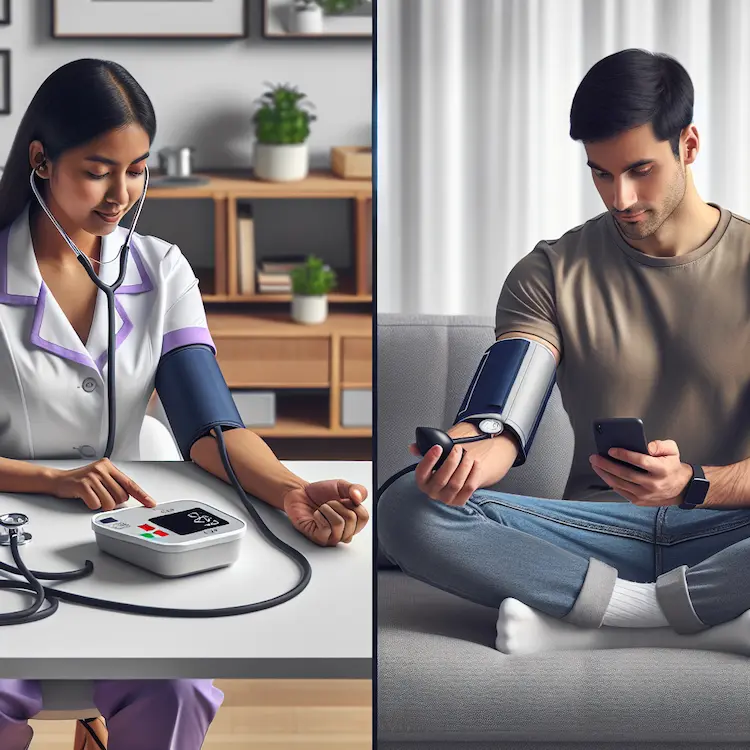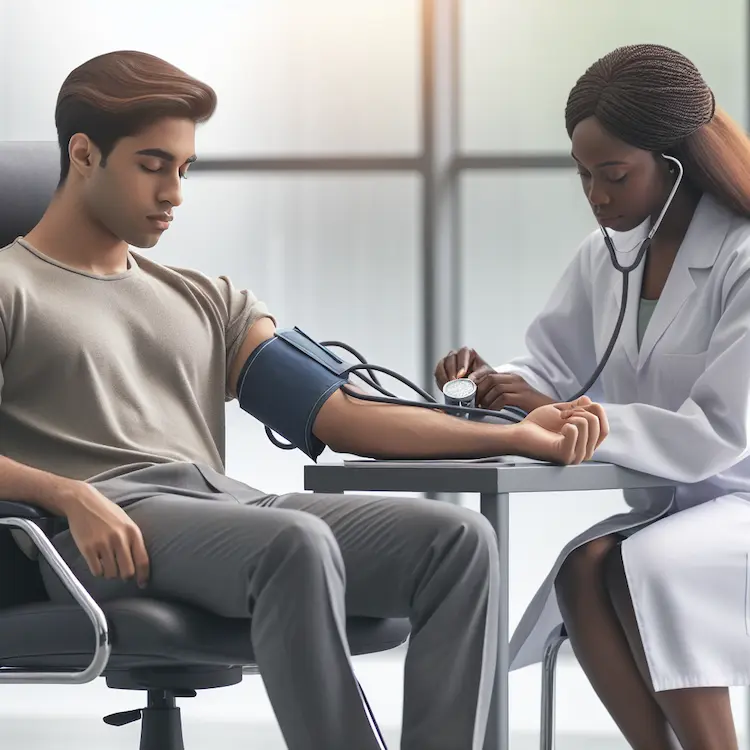Blood pressure is a crucial indicator of overall health, and regular testing is essential for monitoring cardiovascular well-being. Proper preparation for a blood pressure test can significantly impact the accuracy of results, leading to better health management and potentially life-saving interventions. This comprehensive guide will walk you through the steps to ensure you’re fully prepared for your next blood pressure test, whether at home or in a clinical setting.
Before diving into preparation techniques, it’s important to understand what blood pressure is and why it matters. Blood pressure is the force of blood pushing against the walls of your arteries as your heart pumps blood. It’s measured in millimeters of mercury (mmHg) and is recorded as two numbers:
A normal blood pressure reading for adults is generally considered to be below 120/80 mmHg.
Accurate blood pressure readings are crucial for several reasons:
Inaccurate readings can lead to misdiagnosis, unnecessary medication, or failure to identify potential health risks.
Timing is crucial when it comes to blood pressure measurements. For the most accurate results:
In the 30 minutes leading up to your blood pressure test, refrain from:
These activities can temporarily raise your blood pressure, leading to an inaccurate reading.
A full bladder can increase your blood pressure reading by up to 10-15 mmHg. Always use the restroom before your test for the most accurate results.
Choose clothing that allows easy access to your upper arm. Avoid tight sleeves that might constrict blood flow when rolled up. Ideally, wear short sleeves or a sleeveless top.
Proper posture is crucial for accurate readings:
Stress and anxiety can temporarily raise your blood pressure. Practice deep breathing or meditation techniques to calm yourself before the test.
If you’re measuring your blood pressure at home, additional preparation steps are necessary:

Select a validated, automatic upper arm blood pressure monitor. Wrist and finger monitors are generally less accurate.
An ill-fitting cuff can lead to inaccurate readings. The cuff should cover about 80% of your upper arm.
For the most accurate assessment:
Maintain a record of your readings, including the date, time, and any relevant factors (e.g., recent meal, stress levels).
While home blood pressure monitoring is convenient and increasingly popular, it’s important to understand how it compares to clinical measurements:
| Aspect | Home Measurement | Clinical Measurement |
|---|---|---|
| Environment | Familiar, potentially more relaxed | May induce “white coat syndrome” |
| Frequency | Can be done daily | Typically less frequent |
| Equipment | Consumer-grade devices | Professional-grade equipment |
| Technique | Self-administered | Administered by healthcare professional |
| Cost | Initial investment in equipment | Usually covered by insurance |
| Data Collection | Provides long-term trends | Offers point-in-time assessment |
Both methods have their merits, and many healthcare providers recommend a combination of home and clinical measurements for comprehensive blood pressure management.
Some individuals experience elevated blood pressure only in clinical settings, a phenomenon known as “white coat hypertension.” Home monitoring can help identify this condition.

Conversely, some people have normal blood pressure in clinical settings but elevated pressure at home or work. This “masked hypertension” can be detected through regular home monitoring.
Pregnant women should follow specific guidelines for blood pressure monitoring, as pregnancy can affect blood pressure readings. Always consult with your healthcare provider for personalized advice.
Advancements in technology are revolutionizing blood pressure monitoring:
While these innovations offer exciting possibilities, it’s crucial to use FDA-approved devices and consult with healthcare professionals for interpretation of results.
Proper preparation for a blood pressure test is essential for accurate results and effective health management. By following these guidelines, you can ensure that your blood pressure readings are as precise as possible, whether taken at home or in a clinical setting. Remember, consistent monitoring and open communication with your healthcare provider are key to maintaining optimal cardiovascular health.
Regular blood pressure checks, combined with a healthy lifestyle including a balanced diet, regular exercise, stress management, and medication adherence (if prescribed), can significantly reduce the risk of heart disease, stroke, and other cardiovascular complications. Take charge of your health by making blood pressure monitoring a routine part of your wellness journey.